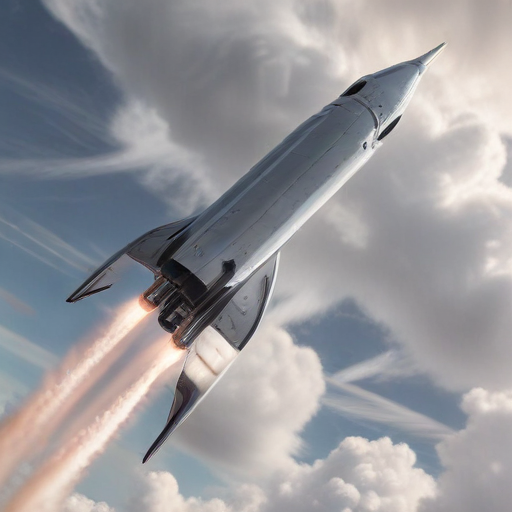BREMEN, Germany — On November 19, SpaceX conducted its sixth test flight of the Starship vehicle, lifting off successfully from the Boca Chica, Texas launch site. The rocket was launched at 5 p.m. Eastern during a 30-minute launch window, without any issues reported during the countdown. Notably in attendance was President-elect Donald Trump, who has fostered a close relationship with SpaceX CEO Elon Musk since the recent election.
The Super Heavy booster, designated Booster 13, separated from the Starship upper stage approximately 2 minutes and 45 seconds into the flight. While it began its return to the launch area, the mission control team announced a diversion, leading the booster to land in the Gulf of Mexico instead. Unfortunately, the booster tipped over and exploded shortly after making contact with the water. This incident serves as a minor setback for SpaceX, particularly after a successful recovery of the booster at the launch tower during the previous flight on October 13.
Despite the setback, the booster effectively delivered the Starship upper stage, known as Ship 31, onto a suborbital trajectory. In space, the vehicle executed a planned re-ignition of one of its Raptor engines, simulating the deorbit burns necessary for future missions.
The Starship vehicle then re-entered the Earth’s atmosphere over the Indian Ocean. SpaceX had previously announced changes to the reentry process, specifically to test the limits of flap control and utilization of an older thermal protection system variant. Kate Tice, one of SpaceX’s webcast hosts, indicated that the team was pushing the vehicle’s limits intentionally, acknowledging potential challenges during the flight.
Ultimately, Starship returned safely, sustaining some damage to a flap and parts of its thermal protection during reentry but was able to execute a soft landing in the ocean about 65 and a half minutes after launch. The timing of the launch allowed for daylight splashdown, enhancing the visual coverage of this pivotal moment.
Looking ahead, SpaceX announced plans to upgrade the next iteration of the Starship upper stage, with enhancements including larger propellant tanks to increase payload capacity from 1,200 to 1,500 tons. Additionally, modifications to the forward flaps will provide better thermal protection during reentry. While no specific date for the next launch has been provided, the rapid succession of flights indicates that SpaceX continues to push forward in its development efforts.
This latest flight, conducted merely a month after the previous one, was made possible due to the existing launch license from the Federal Aviation Administration (FAA), which deemed the modifications minor enough to fall under previously analyzed parameters.
In summary, while SpaceX encountered some difficulties during this test flight, the advancements made and the knowledge gained from this mission set the stage for exciting developments in the future of space exploration. Hope remains high as SpaceX works towards perfecting its technology, highlighting the company’s resilience and commitment to pushing the boundaries of what is possible in space travel.
